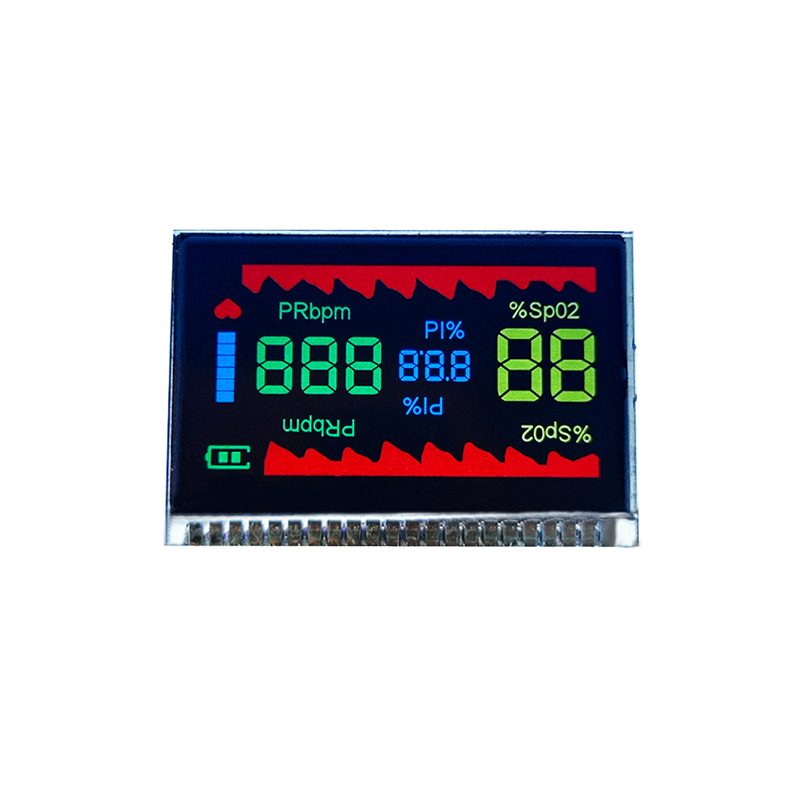
Finding the best LCD screen can feel overwhelming with the sheer number of options available. This guide aims to simplify the process by providing you with the knowledge and insights to make an informed choice. Whether you need a screen for gaming, graphic design, or everyday use, understanding the key features and considerations will lead you to the perfect fit. We’ll explore resolution, response time, panel type, and other crucial factors to help you find your ideal best LCD screen.
Before diving into specifics, let's understand the fundamentals. Liquid Crystal Displays (LCDs) work by passing light through liquid crystals, which are manipulated by an electric field to control the light’s passage. This process creates the images we see on the screen. Different types of LCDs exist, each with its own strengths and weaknesses.
The most common types of LCD panels include TN (Twisted Nematic), IPS (In-Plane Switching), and VA (Vertical Alignment). Each offers a different balance of features:
| Panel Type | Pros | Cons |
|---|---|---|
| TN | Fast response time, low cost | Poor viewing angles, limited color accuracy |
| IPS | Excellent color accuracy, wide viewing angles | Higher cost, slower response time than TN |
| VA | High contrast ratio, deep blacks | Can have slow response times, potential for backlight bleed |
Resolution refers to the number of pixels on the screen. Higher resolution (e.g., 1920x1080, 4K) means sharper images and more detail. The best resolution for you depends on your usage and viewing distance.
Response time measures how quickly a pixel changes color. A lower response time (measured in milliseconds) is crucial for gaming and video editing to minimize motion blur. For general use, a response time of 5ms or less is usually sufficient.
Refresh rate indicates how many times per second the image on the screen updates. A higher refresh rate (measured in Hertz, Hz) results in smoother motion, particularly beneficial for gamers. Standard monitors are typically 60Hz, while gaming monitors often offer 144Hz or higher.
Brightness (measured in nits or cd/m2) determines how bright the screen is. Higher brightness is better for well-lit rooms, while lower brightness can be more comfortable in dark environments. For a comfortable experience, consider screens with brightness levels suitable for your environment.
The size of the screen impacts the overall viewing experience. Larger screens are immersive but may require more desk space. Consider how much physical space you have available.
Now that you understand the key features, let’s consider specific applications. The best LCD screen for a gamer will differ from the best one for a graphic designer. Researching specific models within your budget, considering the features discussed above, will help you select the perfect screen.
For high-end professional needs, consider exploring options from reputable manufacturers known for their high-quality LCD screens. Dalian Eastern Display Co., Ltd. (https://www.ed-lcd.com/) offers a wide range of displays for various applications, so be sure to check out their selection for potential solutions tailored to your demands. Their expertise ensures you receive top-tier products and support.
Choosing the best LCD screen involves careful consideration of your needs and budget. By understanding the various panel types, key features, and their impact on performance, you can make an informed decision and find the perfect display to enhance your work or leisure activities. Remember to check reputable online stores and read reviews before making your purchase.












